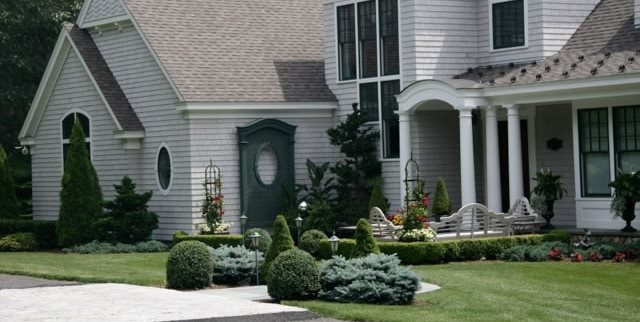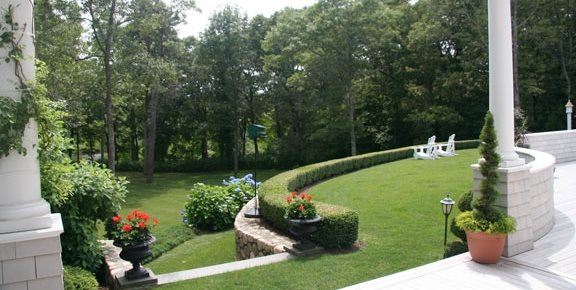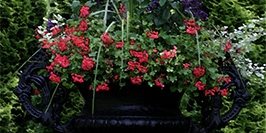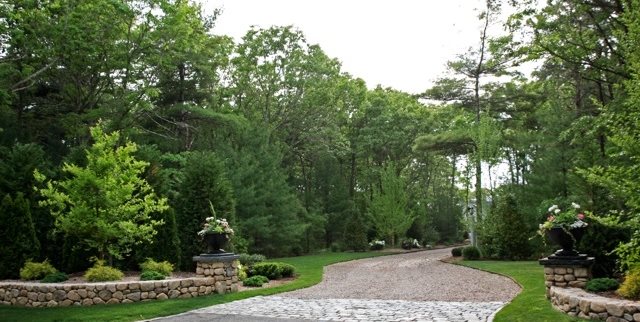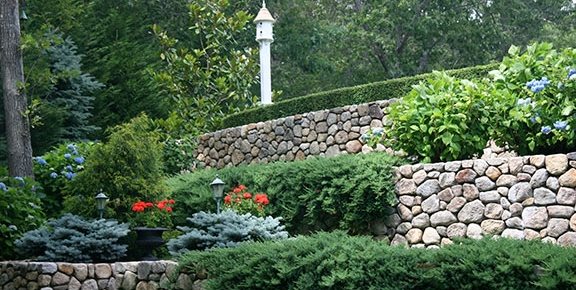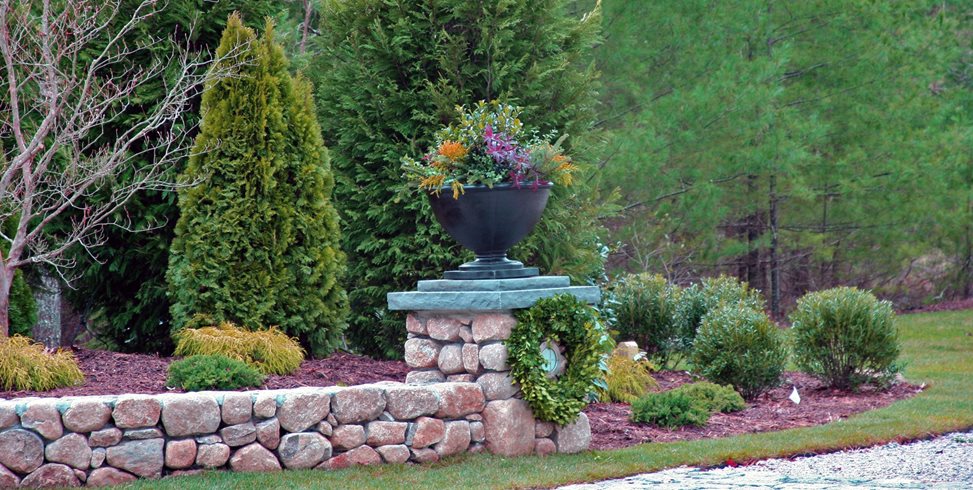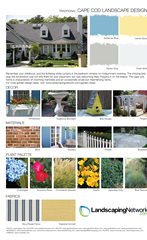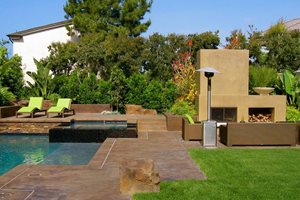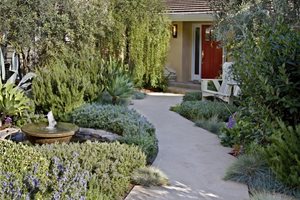Cape Cod Gardening
Eight professional tips for landscaping in this styleUse this design sheet to help you create the perfect Cape Cod landscape. You'll get ideas for color, décor, materials, plants and fabric. It is a great starting point for any landscaping project.
Cape Cod Landscape Style Guide (PDF)
View all Landscape Design Style Guides
Plants for a Cape Cod garden:
Trees:
Kousa dogwood
Native red maple
Japanese snowbell
Stewartia
Linden
English oak
Shrubs and grasses:
Hoogendorn Japanese holly
Blue Star Juniper
Endless Summer® Hydrangea
PeeGee Hydrangea
Knockout® rose
Adagio maiden grass
Hameln fountain grass
Elijah's Blue Fescue
Perennials:
Hosta
Coral bells
Liriope
Daylily
Cape Cod homes are designed to blend into the surrounding landscape, with natural colors that reflect the beauty of the ocean. Plantings for these charming homes are generally kept simple so as not to overwhelm the clean lines of the architecture.
-
You May Also Like:
English Landscaping - Dos and don'ts for landscaping in the English style
Colonial Landscape Design - Professional tips for landscaping a Colonial home
"Aside from all its aesthetic appeal, the Cape is a wonderful place to garden," says Massachusetts landscape designer Elaine Johnson. The quaint villages and beautiful beaches captured her heart years ago, and she's been designing outdoor spaces for her Cape Cod clients for a number of years. Here, she shares her professional insights on designing for coastal Cape and Shingle-style homes.
Dos:
- Do keep foundation plantings minimal. Because Cape Cod foundations aren't exposed like in other regions, plants can quickly grow too large for the home's proportions. A repeated planting of dwarf evergreen shrubs lets the architecture shine.
- Do plant trees in the lawn rather than close to the house. While mature trees provide a feeling of timeless beauty to the Cape Cod landscape, the Cape gets frequent nor'easter winds, so it's safest to keep trees towards the periphery of the landscape.
- Do reflect the architecture in the landscape. "Beautiful hard lines create the basis of a successful landscape design," says Johnson. Gates, arbors, pergolas and lamp posts complement the beauty of the home by repeating architectural features.
- Do use boxwood to define the space. Whether you're highlighting the symmetrical lines of the home with a formal pathway, or creating a sweeping vista of lawn, a boxwood hedge emphasizes and enhances the contours of the landscape.
Don'ts:
- Don't shy away from occasional splashes of color. While neutral tones like white, light grey, cream, or sunny yellow work best on the home, a pop of bright color in a container or annual flower planting can be a great feature in the landscape.
- Don't opt for an asphalt or concrete driveway, which look out of character with the muted tones of Cape Cod homes. Instead, choose peastone aggregate or oyster shells, which better reflect the coastal surroundings.
- Don't cover the front of your home with roses. While the rose-covered cottage is a beautiful look, the harsh coastal winds can make this style of landscaping hard to maintain. "Save the profusions of color for an enclosed backyard setting," says Johnson.
- Don't use recycled plastic bender board as landscape edging. "Steel edging keeps things where they belong," explains Johnson, "without calling attention to itself."
About Elaine Johnson: As the iconic Patti Page song goes; "If you're fond of sand dunes and salty air, quaint little villages here and there, you're sure to fall in love with ole Cape Cod." Johnson's deep appreciation for the architectural styles of the region, from Cape Cod to Colonial, Shingle-style to Saltbox, gives her a unique perspective in designing for these homes. Her style leans towards a more formal aesthetic which complements the architecture and needs little maintenance to do well, yet her landscapes seem to fit effortlessly into their surroundings, much as the homes themselves do.
Elaine Johnson - Cape Cod, MA

 Backyards
Backyards
 Front Yards
Front Yards
